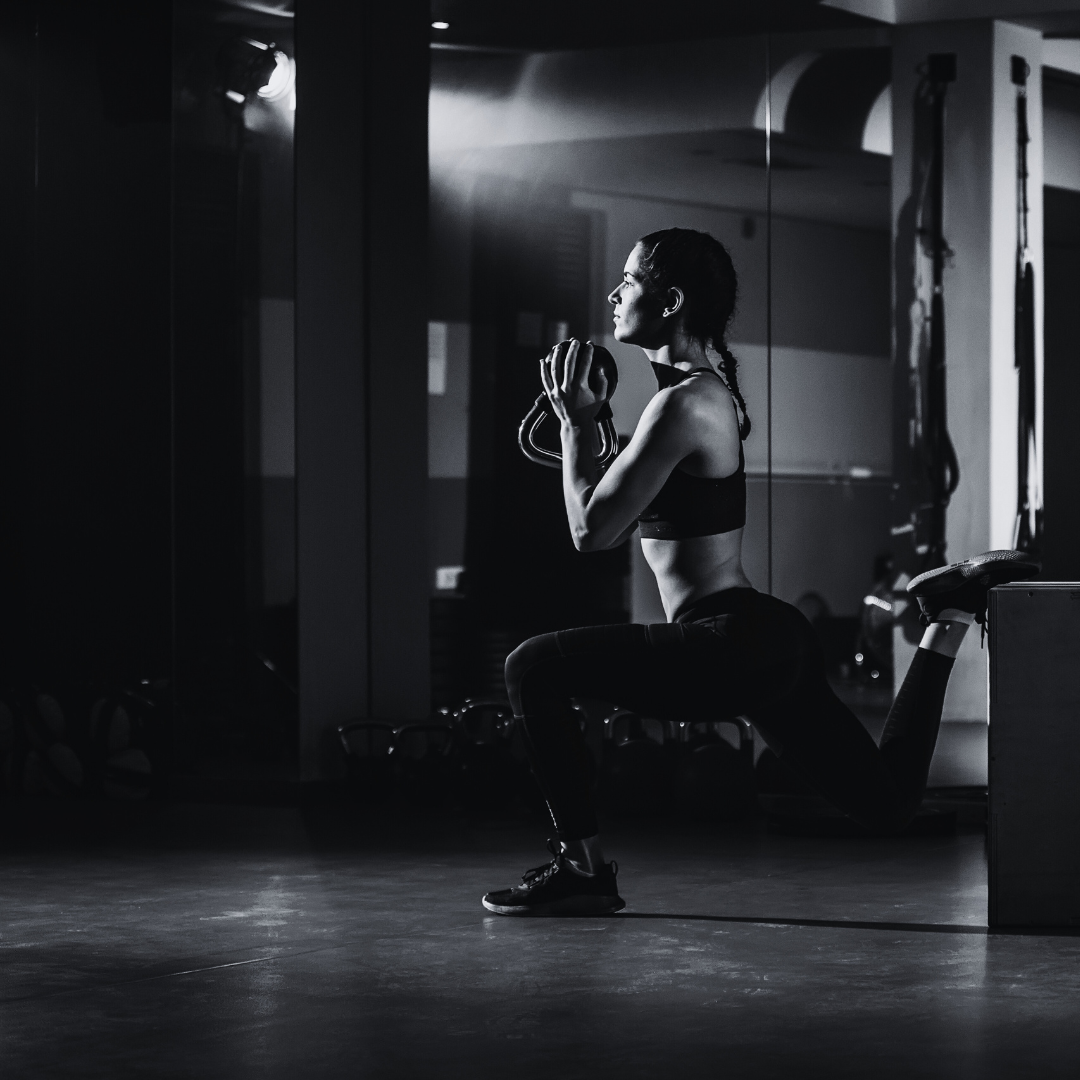The Bulgarian Split Squat, often dubbed the king of single-leg exercises, is a powerful tool in any athlete's arsenal. This unilateral movement not only builds strength but also enhances balance, flexibility, and muscular symmetry. Whether you're aiming to improve your powerlifting performance or simply looking to diversify your leg day routine, mastering the Bulgarian Split Squat can provide substantial benefits.
The Benefits of Bulgarian Split Squats
1. Enhanced Leg Strength and Muscle Growth
Bulgarian Split Squats target the quadriceps, hamstrings, glutes, and calves, promoting balanced muscle development. By isolating each leg, you ensure both legs receive equal work, preventing the dominant leg from taking over.
2. Improved Balance and Stability
Performing this exercise on one leg challenges your balance and engages stabilizer muscles that might not be as active during bilateral exercises like the traditional squat.
3. Increased Flexibility and Mobility
The Bulgarian Split Squat requires a good range of motion in the hips and ankles, which can help improve your flexibility and mobility over time.
4. Reduced Risk of Injury
Strengthening your muscles and improving your balance can help reduce the risk of injuries, both in the gym and in daily activities. The Bulgarian Split Squat also puts less stress on the lower back compared to traditional squats.
5. Athletic Performance Enhancement
For athletes, especially those involved in sports requiring running and jumping, the Bulgarian Split Squat can enhance unilateral leg strength, leading to improved performance on the field or court.
How to Perform the Bulgarian Split Squat
Setting Up
- Equipment Needed: A bench or sturdy platform, and optional dumbbells or a barbell for added resistance.
- Positioning: Stand a few feet in front of the bench. Extend one leg back and place the top of your foot on the bench. Your front foot should be far enough forward so that when you lower into the squat, your knee stays behind your toes.
Execution
- Starting Position: Stand tall with your feet hip-width apart, one foot resting on the bench behind you. Keep your torso upright, shoulders back, and core engaged.
- Descent: Lower your body by bending your front knee. Keep your chest up and your back straight. Your back knee should lower towards the ground, almost touching it.
- Depth: Aim to lower until your front thigh is parallel to the ground. Your knee should form a roughly 90-degree angle.
- Ascent: Push through the heel of your front foot to rise back to the starting position. Focus on squeezing your glutes as you stand up.
- Repetition: Complete the desired number of repetitions, then switch legs.
Common Mistakes to Avoid
- Knee Over Toe: Ensure your front knee doesn’t extend past your toes during the descent to avoid undue stress on the knee joint.
- Leaning Forward: Maintain an upright torso to properly engage your legs and glutes.
- Foot Placement: Adjust the distance between your front foot and the bench to ensure a stable, balanced position.
- Rushing: Perform the movement in a controlled manner, focusing on form over speed.
Progressions and Variations
Bodyweight Bulgarian Split Squat
Start with just your body weight to master the form before adding resistance.
Dumbbell Bulgarian Split Squat
Hold a dumbbell in each hand, letting them hang by your sides to increase resistance.
Barbell Bulgarian Split Squat
Place a barbell across your upper back, similar to a back squat position, for added challenge.
Elevated Bulgarian Split Squat
Perform the exercise with your front foot elevated on a platform or step to increase the range of motion and intensity.
Plyometric Bulgarian Split Squat
Incorporate a jump at the top of the movement for an explosive variation that enhances power and athleticism.
Incorporating Bulgarian Split Squats into Your Routine
Frequency
Aim to include Bulgarian Split Squats in your leg day routine 1-2 times per week.
Reps and Sets
- Beginners: 3 sets of 8-10 reps per leg.
- Intermediate: 3-4 sets of 10-12 reps per leg.
- Advanced: 4-5 sets of 12-15 reps per leg or add resistance to increase difficulty.
Pairing with Other Exercises
Combine Bulgarian Split Squats with other lower body exercises like deadlifts, lunges, and leg presses for a comprehensive leg workout.
Conclusion
The Bulgarian Split Squat is a versatile and effective exercise that can elevate your strength training routine. By mastering proper form and gradually increasing resistance, you can reap the numerous benefits this powerful movement has to offer. Whether you’re aiming to boost your athletic performance, build muscle, or enhance overall leg strength, incorporating Bulgarian Split Squats into your workouts will help you achieve your goals.
Recommended Gym Accessories
When incorporating Bulgarian Split Squats into your workout routine, having the right gym accessories can enhance your performance and comfort:
- Bench or Platform: Elevate your rear foot on a sturdy bench or platform to perform the split squat with proper form and range of motion.
- Dumbbells or Barbell: Add resistance to the exercise by holding dumbbells at your sides or placing a barbell across your upper back. This added weight increases the intensity and effectiveness of the exercise.
- Lifting Belt: Provide additional support and stability, especially when using heavy weights. A belt can help maintain proper posture and reduce the risk of injury. We recommend our own range of lifting belts.
- Yoga Mat: Place under your rear knee for comfort and cushioning, especially if performing the exercise on a hard surface. This can alleviate discomfort and prevent bruising or irritation.
- Resistance Bands: Incorporate bands for added resistance or assistance, helping to target specific parts of the movement. Resistance bands can provide a unique challenge throughout the entire range of motion.
- Lifting Straps: Assist with grip strength, particularly if your grip tends to fatigue before your leg muscles during the exercise. Lifting straps can help you maintain your grip on the weights, allowing you to push your leg muscles to their limit. We recommend check out our range of lifting straps for this.






